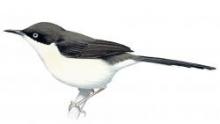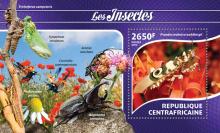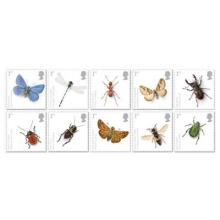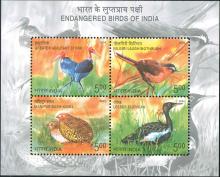Time‐Cumulative Toxicity of Neonicotinoids: Experimental Evidence and Implications for Environmental Risk Assessments
Our mechanistic understanding of the toxicity of chemicals that target biochemical and/or physiological pathways, such as pesticides and medical drugs is that they do so by binding to specific molecules. The nature of the latter molecules (e.g., enzymes, receptors, DNA, proteins, etc.) and the strength of the binding to such chemicals elicit a toxic effect in organisms, which magnitude depends on the doses exposed in a given timeframe.










